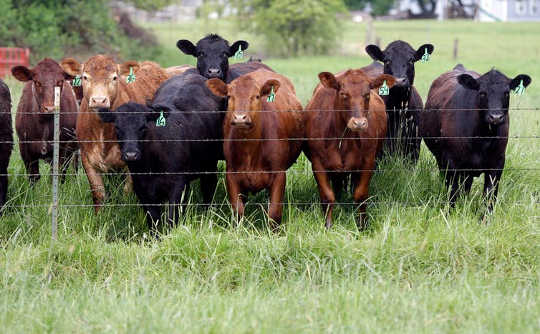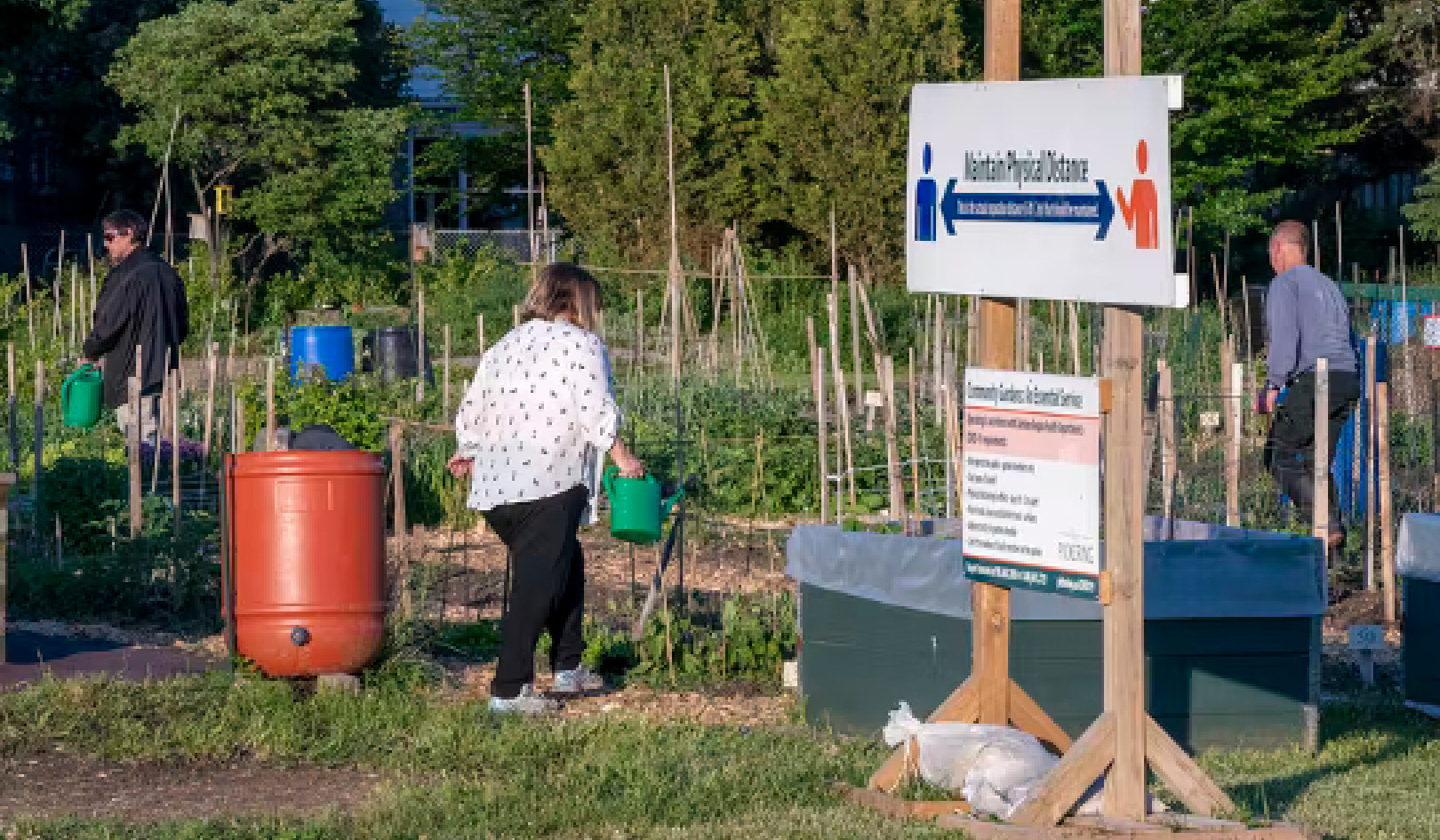
Cattle that are grass-fed, antibiotic- and growth hormone-free gather at a farm in Oregon in 2015. There’s a debate over whether antibiotic use in livestock makes germs more resistant to the drugs, and results in infections being passed on to humans who consume the meat. (AP Photo/Don Ryan)
The use of antibiotics in meat production is a rapidly emerging issue in food discourse. The conversation around meat, eggs and dairy has focused on animal welfare over much of the past five years, but it’s now moving to other elements of production.
Whereas animal welfare is complex, it pales relative to the complexity of antibiotic use. There is a real risk that we may be moving towards a less-than-ideal result for animals, producers and consumers due to poor understanding, over-simplistic messaging and a rush for competitive advantage. But it’s important that we get it right.
There is broad, scientific consensus that antibiotic use in animal agriculture is increasing the risk of the development of resistant bacteria. It’s less clear what, if any, role this plays in human health.
Antibiotics continue to play a critical role in keeping animals healthy. They are used for both the prevention and treatment of diseases in animals. Historically, they have been used to improve performance by reducing the challenge of subclinical disease — diseases without visible symptoms. And Canada and the United States have both introduced new rules that preclude the use of antibiotics for livestock growth going forward.
Antibiotic use in animal agriculture is complex and plays out in the overlapping domains of economics, animal health and welfare. It also impacts the efficacy of antibiotics in human medicine in the face of increasing resistance in humans.
A distrust of science
Balancing these explicit trade-offs will be the challenge as we move towards reducing antibiotic use in food animal production.
What’s more, the discussion is taking place in the context of poor understanding among consumers — of how food is produced, let alone the mechanism of resistance development — and amid an increasing skepticism about science within the general population.
There are also differences between antibiotic products and how they are administered.
The primary focus today is reducing the use of antibiotics that are important to human medicine. There is also some pressure to move away from administering antibiotics in feed to large groups of animals.
There are, however, instances in which bulk-feeding antibiotics to livestock or poultry is the best approach to treating an outbreak in a group, instances where individual treatment is impractical.
More important is reducing sub-therapeutic use in feed — instances where antibiotics are fed to animals that aren’t sick, almost as a preventative medicine to reduce the sub-clinical disease risk and to spur growth in the animals.
What is the right amount?
There is again broad consensus that reductions in antibiotic use need to happen.
There are also impending regulatory changes that will reduce use. Some companies, such as A&W and Maple Leaf, have committed to “raised without antibiotics (RWA)” protocols for at least some of their products.
This may not always be possible, however, and animals that require treatment are removed from the RWA value chain, but are still sold commercially.
Universally raising animals without antibiotics, however, is likely not possible, particularly given current technology and practices. There may be technologies and management practices that emerge to contribute to the reduced need for antibiotics. But responsible stewardship of animals may also be in jeopardy if animal health and welfare are sacrificed by delaying or withholding treatment.
Reducing antibiotic use will also likely raise costs for producers and with them, prices for consumers.
A hybrid approach
Finally, it’s important to determine if there will be a single approach to reduction (i.e., a universal standard) or value chain-specific changes.
A single approach has some merit — to ensure we achieve the reductions necessary to reduce the risk of antibiotic resistance. There will also likely be emerging technologies and management practices that allow for the replacement of antibiotics in some production systems.
The reality is that disagreements over science, competitive differentiation and evolving consumer preferences will likely mean a hybrid approach. Such an approach ensures that we meet minimum standards while also meeting the different needs of the fragmented market.
Regardless of the approach, antibiotic use will be an important factor in the food conversation in the years to come.
About The Authors
Michael von Massow, Associate Professor, Food Economics, University of Guelph and Alfons Weersink, Professor, Dept of Food, Agricultural and Resource Economics, University of Guelph
This article was originally published on The Conversation. Read the original article.
Related Books
at InnerSelf Market and Amazon























